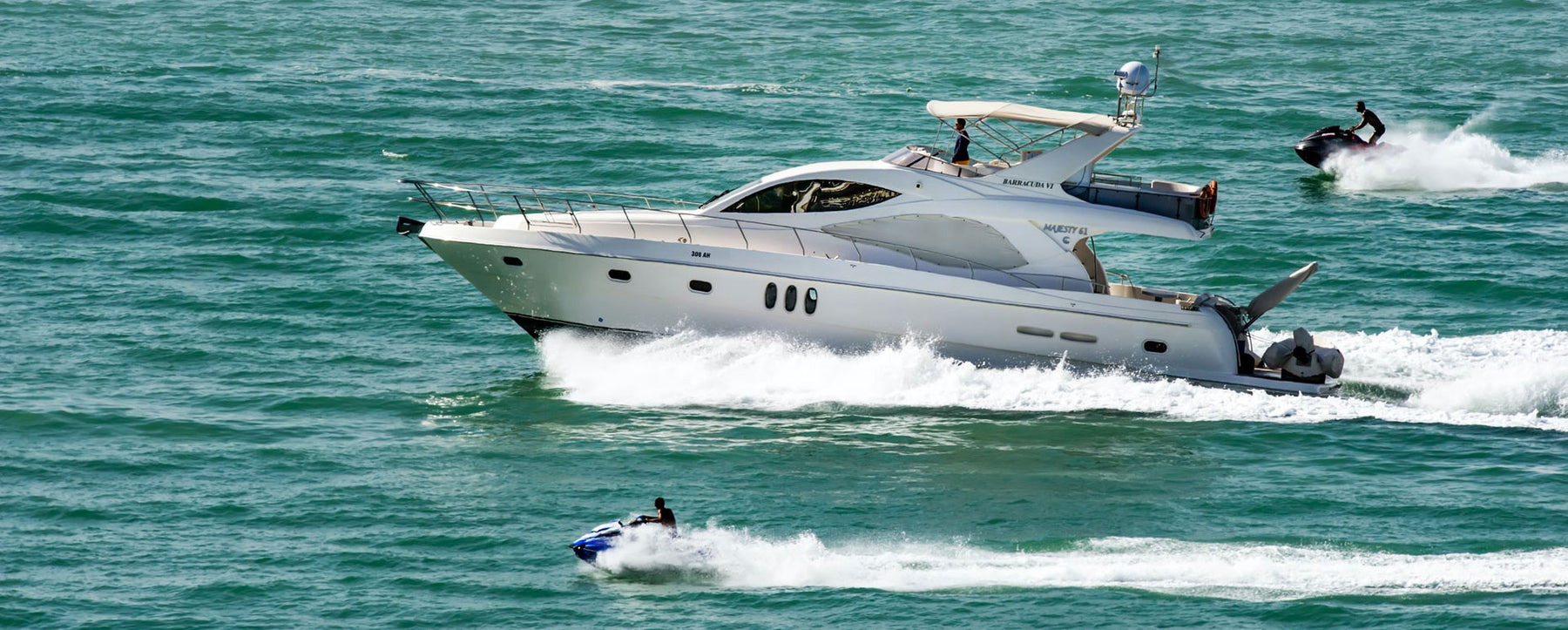Dual Purpose Replacement Batteries

We briefly looked at Dual Purpose batteries in our RV & Marine replacement battery post recently and feel it’s important to get a little more detailed about these types of batteries. One of the biggest misconceptions that we hear is that it’s better to buy a dual purpose battery instead of a deep cycle or starting battery because it does the job of both, it takes up less space and it’s more cost-effective to buy one battery vs two. While there may be some truth in those points overall, it’s not entirely accurate.
Much like the jack-of-all-trades vs master-of-none, the dual purpose battery does ok in its deep cycle role but certainly its runtime will generally be nowhere near as good as a deep cycle battery. So too when comparing dual purpose with a starting battery, in fact there are plenty of occasions where a dual purpose battery won’t actually be able to start a vehicle.
Typically, deep cycle batteries are built to withstand a lot of discharges and recharges but dual purpose batteries don’t do well beyond 50% of usable capacity and also don’t stand up as well in tough conditions, many can be especially prone to overheating especially when used for long periods of time. So these alone should be considerations. If you only take short boat trips on a smaller vessel, the dual purpose may be all you need. A bigger boat on longer trips would probably not be best for a dual purpose battery.
As with all replacement batteries, there are a few key things to look for when selecting a dual purpose replacement battery.
Volts – typically dual purpose batteries are all 12V
CCA or MCA– the cold cranking amps (cca) or marine cranking amps (mca) measurement tells you how many amps will be delivered to the engine in cold temperatures. They are both measured at 0 degrees, the difference between the two is that cca is Fahrenheit and mca is Celsius. Essentially that equates to 0℉ and 32℉. They range from 300 to over 1200.
Amp Hours (Ah) – amp hours give a general idea of the time that the battery can provide power for. Calculating how long your battery will power something for is fairly complex but in general, the bigger the number, the longer the runtime.
Group Number – the group number for dual purpose batteries reflects the physical size of the casing. Typically this will include BCI (Battery Council International) and include a number plus M. That number like BCI 31M will be 13” x 6-13/16” x 9-7/16”.
Reserve Capacity (RC) – similar to Ah in that it’s a way to measure run time, reserve capacity or reserve minutes provide a rating for the number of minutes a battery can sustain a discharge of 25 amps before it will run out. Dual purpose batteries shouldn’t discharge lower that 50% so a reserve capacity of 120 could handle a load for an hour (60 minutes).
Dual purpose batteries are typically used in boats and RV’s because they both need a battery that provides a high powered charge that helps to start an engine or generator and also provide a lower level discharge to power accessories like lighting, GPS, fish finders, TV’s, trolling motors and the like. Still, before you rush out and look to consolidate your starting and deep cycle batteries, it’s important to do your research to determine if it’s a good fit for your needs as there are some things that a dual purpose battery can’t do or certainly can’t do as well as a specialist battery.
